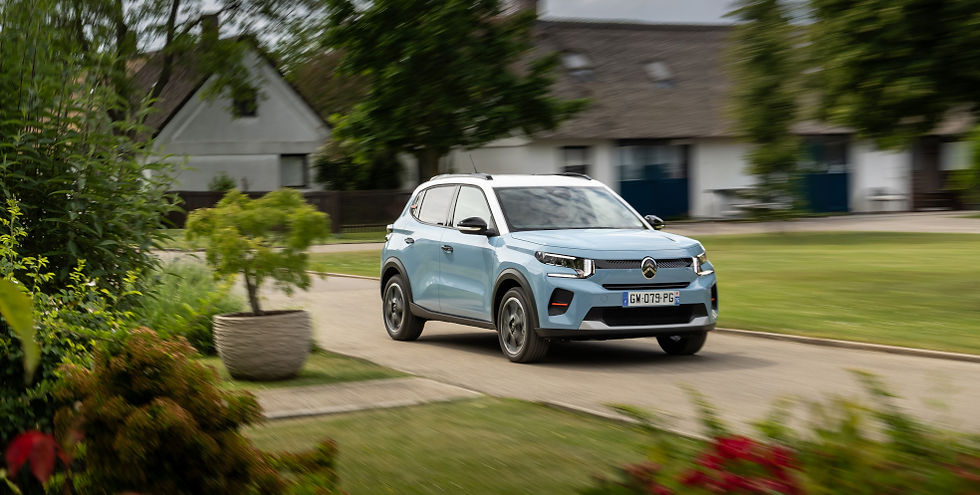Stellantis: 30 hybrid models in Europe by the end of 2024
- Jérémy

- Jul 12, 2024
- 2 min read

Stellantis strengthens its commitment to sustainable mobility by announcing the launch of 30 hybrid models in Europe by the end of the year, with six new launches planned by 2026. These models will feature the advanced hybridisation technology e-DCT, an electrified dual-clutch transmission that offers exceptional performance and a reduction in CO² emissions of up to 20% compared to a traditional internal combustion engine.
Sales of Stellantis hybrid models in Europe have already increased by 41% since the beginning of 2024 compared to the same period last year, and this growth is expected to continue thanks to the new models. This increase in sales underlines the importance of hybrid engines in the energy transition, offering a more affordable alternative to 100% electric vehicles, whose sales are stagnating, while at the same time providing a significant reduction in emissions at a lower cost.
Stellantis' multi-energy approach enables unrivalled flexibility in production, offering customers a wide range of choices across the Group's 14 iconic brands. "In an era that combines sustainability and innovation, Stellantis reaffirms its ultimate commitment to offer advanced hybrid technology to its European customers. This technology not only improves the efficiency and performance of traditional internal combustion engines, but also takes us towards a low-emission future with increased vehicle range and a more affordable price for our customers," said Uwe Hochgeschurtz, Stellantis Chief Operating Officer, Wider Europe.
Stellantis' flexible production strategy helps to respond quickly to the growing demand for hybrid vehicles, ensuring that customers can choose environmentally friendly options without compromising on performance. By using multi-energy platforms, Stellantis also ensures a smooth transition for its customers, reducing CO² emissions while maintaining competitive costs.
e-DCT technology: an accessible and efficient innovation
Stellantis' e-DCT hybrid technology integrates a 21 kW electric motor that allows vehicles to drive in pure electric mode in city traffic, recovering energy during braking. "We have a particularly competitive hybrid solution, which is now gaining momentum thanks to the new e-DCT technology, which we are using on numerous models to make it accessible to a large number of customers," explains Sébastien Jacquet, Deputy Chief Engineering Officer at Stellantis. This innovation helps to reduce CO² emissions and fuel consumption, while offering a smooth and pleasant driving experience. With an electric range of up to 1 km at normal speed, models equipped with this technology are particularly suitable for city driving.
Stellantis produces hybrid vehicles in more than 70% of its European plants and supplies 11 automotive production sites through its eTransmissions joint venture. The combined production capacity exceeds 1.2 million eDCTs per year, ensuring continuous availability to meet growing demand.
This initiative is crucial for the Group as the Corporate Average Fuel Economy (CAFE) standards in Europe are set to become stricter in 2025, making it essential to reduce emissions to avoid fines. By investing more than €50 billion in electrification over the next ten years, Stellantis aims to achieve 100% electric passenger car sales in Europe by 2030 and carbon neutrality by 2038. The availability of this advanced hybrid technology is therefore a major asset for the group in its race to reduce emissions.





Comments